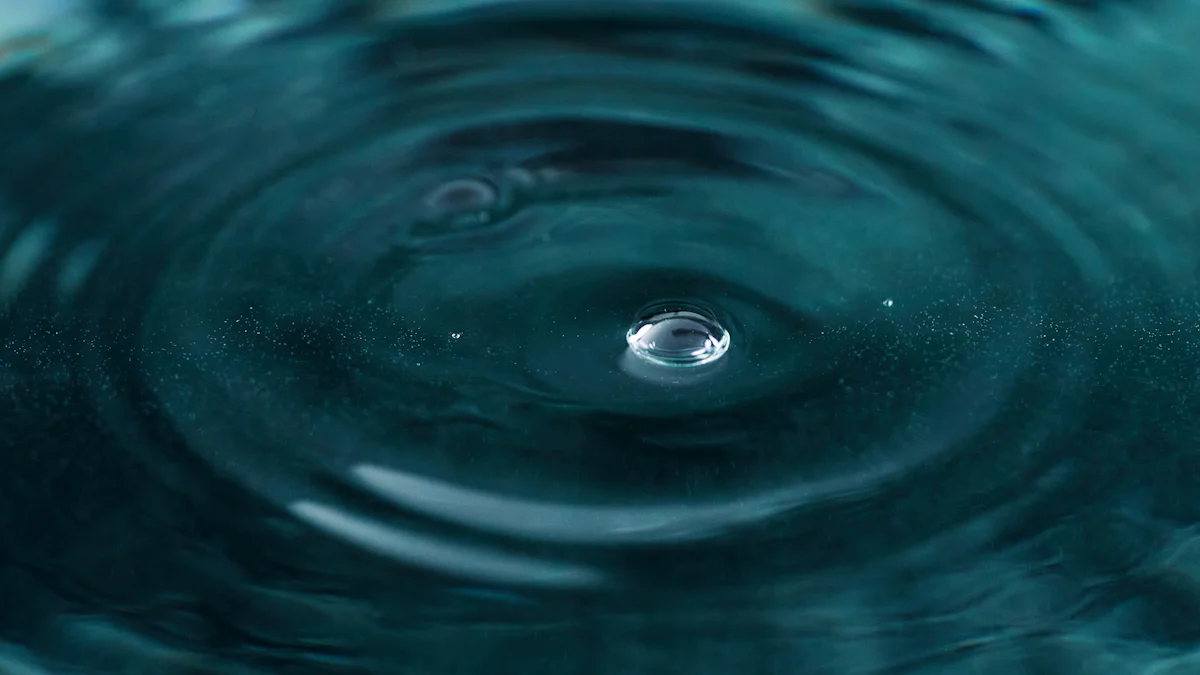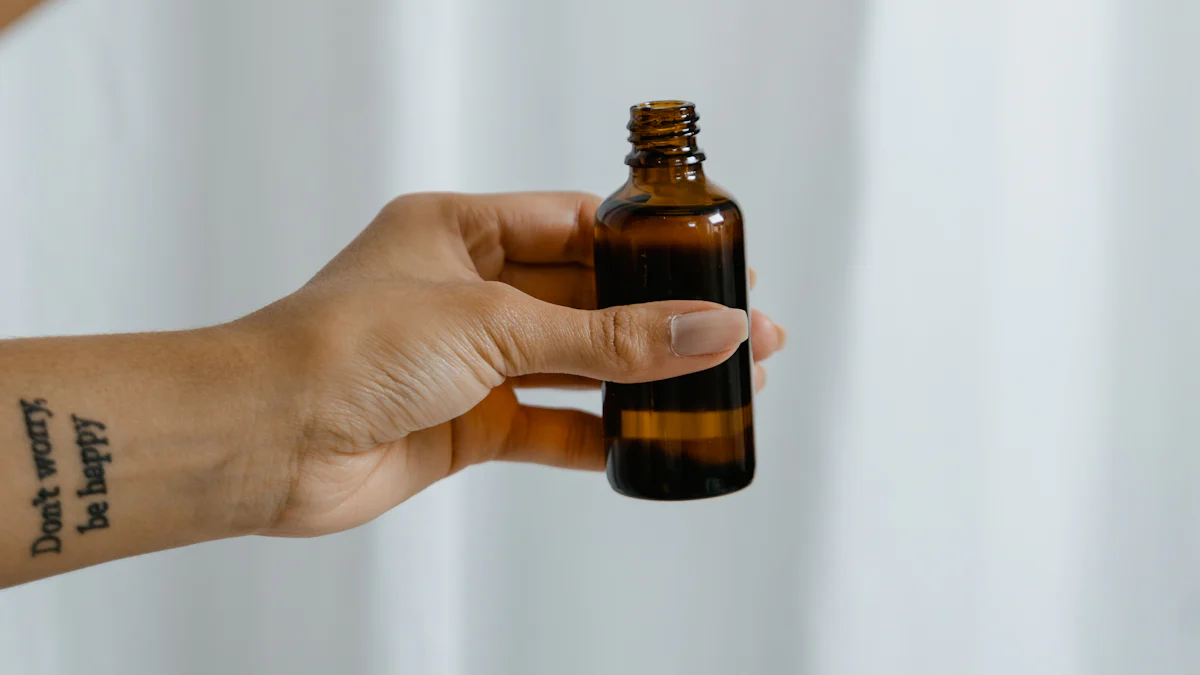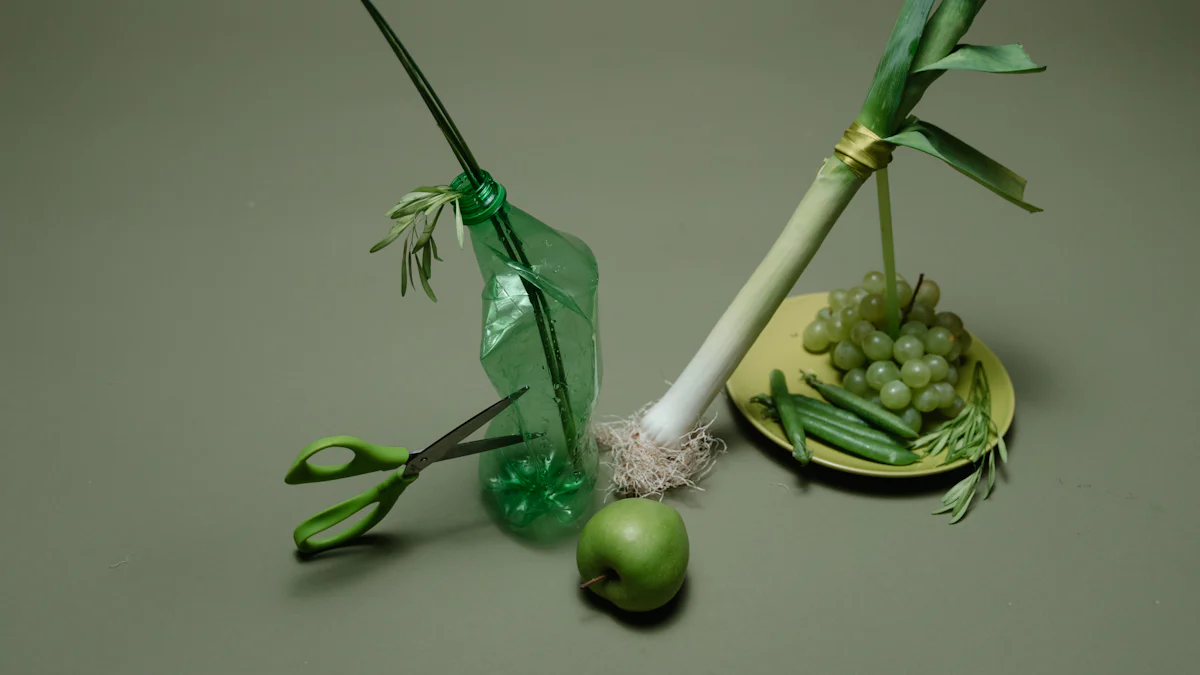
Stains can ruin your favourite fabrics, but water and oil repellents offer a solution. These agents form a protective layer, stopping liquids from soaking into fibres. This makes cleaning easier and keeps fabrics looking new. TRANSGUARD provides advanced water and oil repellents-durable processing, ensuring long-lasting protection without compromising softness or breathability.
Key Takeaways
- Water and oil repellents form a shield on fabrics. This helps spills wipe off easily before they stain.
- Repellents help fabrics last longer by preventing damage. They reduce washing needs and limit contact with strong detergents.
- Reapply repellents every few months or after washing. This keeps them working well and your fabrics looking new.
Understanding Fabric Stains

How stains form on fabrics
Stains occur when substances penetrate fabric fibres and bind to them. Liquids, such as coffee or oil, seep into the tiny spaces between the threads. These substances cling to the fibres, making them difficult to remove. The type of fabric also plays a role. Natural fibres like cotton absorb liquids more easily than synthetic ones like polyester. This absorption allows stains to set quickly.
Tip: Acting fast can prevent stains from becoming permanent. Blot the spill immediately to stop it from soaking deeper into the fabric.
The difference between water-based and oil-based stains
Stains fall into two main categories: water-based and oil-based. Water-based stains include drinks like tea, juice, or wine. These stains dissolve in water, making them easier to clean. Oil-based stains, such as grease or makeup, are more challenging. They repel water and require special cleaning agents to break them down.
| Type of Stain | Examples | Ease of Removal |
|---|---|---|
| Water-based | Coffee, juice, wine | Easier |
| Oil-based | Butter, oil, makeup | Harder |
Understanding the type of stain helps you choose the right cleaning method.
Why some stains are more stubborn than others
Some stains resist removal due to their chemical composition. For example, tannins in tea or wine bond strongly with fabric fibres. Oil-based stains, on the other hand, create a barrier that water cannot penetrate. Heat can also make stains worse. It causes substances to set into the fabric, making them nearly impossible to remove.
Note: Avoid using hot water on fresh stains. Cold water works better for loosening particles without setting them.
By knowing how stains behave, you can tackle them more effectively.
How Water and Oil Repellents Work

The science of hydrophobic and oleophobic properties
Water and oil repellents rely on hydrophobic and oleophobic properties to protect fabrics. Hydrophobic means “water-fearing”, while oleophobic means “oil-fearing”. These properties create a surface that repels liquids. When you apply a repellent, it forms a microscopic layer on the fabric. This layer reduces the surface tension, causing liquids to bead up instead of soaking in. Imagine water droplets rolling off a leaf – this is how hydrophobic surfaces behave. Similarly, oleophobic surfaces repel oily substances, preventing them from sticking to the fabric.
How repellents prevent stains from adhering to fabric fibres
Repellents act as a shield for your fabrics. They stop liquids from penetrating the fibres by creating a barrier. This barrier ensures that stains remain on the surface, making them easier to clean. Without repellents, liquids seep into the tiny spaces between the threads, binding to the fibres. With repellents, you can simply wipe away spills before they cause damage. This protection works for both water-based and oil-based stains, keeping your fabrics cleaner for longer.
TRANSGUARD’s innovative approach to water and oil repellents-durable processing
TRANSGUARD takes water and oil repellents-durable processing to the next level. Its advanced formulations enhance fabric performance without compromising softness or breathability. For example, TRANSGUARD JD-4103 provides excellent water repellency for cotton, polyester, and nylon. TRANSGUARD JD-522H offers outstanding protection against both water and oil stains, even at low concentrations. These products ensure your fabrics stay clean and maintain their original qualities. With TRANSGUARD, you get reliable and long-lasting stain protection.
Benefits of Using Water and Oil Repellents

Stain prevention and easier cleaning
Water and oil repellents create a protective barrier on fabrics, making stain prevention much easier. Liquids like coffee or oil cannot penetrate the fibres, so they remain on the surface. This allows you to wipe away spills before they cause damage. Cleaning becomes less of a chore because stains do not set into the fabric. You save time and effort by avoiding harsh scrubbing or repeated washing. With this added protection, your fabrics stay fresh and clean for longer.
Tip: Use water and oil repellents on high-risk items like tablecloths or work uniforms to reduce the chances of permanent stains.
Prolonging the life of fabrics
Repellents not only prevent stains but also extend the lifespan of your fabrics. When liquids and dirt cannot seep into the fibres, the fabric experiences less wear and tear. This means fewer washes and less exposure to harsh detergents, which can weaken the material over time. By using water and oil repellents-durable processing, you protect your fabrics from damage, helping them maintain their original quality. This is especially beneficial for expensive or delicate items.
Practical examples of everyday use cases, including clothing and upholstery
You can apply water and oil repellents to a variety of items in your daily life. For clothing, they are ideal for outerwear, uniforms, and children’s clothes, which often face spills and stains. Upholstery, such as sofas and chairs, also benefits from this protection, especially in homes with pets or children. Even outdoor furniture and car interiors can stay cleaner with repellents. These practical applications make them a valuable addition to your fabric care routine.
Note: Always follow the product instructions to ensure proper application and maximum effectiveness.
Application and Maintenance

Step-by-step guide to applying repellents
Applying water and oil repellents correctly ensures maximum effectiveness. Follow these steps to protect your fabrics:
- Prepare the fabric: Clean the fabric thoroughly to remove dirt or stains. Repellents work best on clean surfaces.
- Choose the right product: Select a repellent suitable for your fabric type. For example, TRANSGUARD JD-4103 works well on cotton, polyester, and nylon.
- Dilute the repellent: Mix the product with water according to the recommended dosage. For instance, use 30-50 g/L for cotton or 10-30 g/L for polyester.
- Apply the solution: Use a spray bottle or padding method to evenly coat the fabric. Ensure complete coverage without oversaturating.
- Dry the fabric: Allow the fabric to air dry or use a low-heat setting if the product instructions permit.
- Cure the coating: Some repellents require heat curing to activate their properties. Check the product guidelines for specific instructions.
Tip: Test the repellent on a small, inconspicuous area first to ensure compatibility with your fabric.
Tips for maintaining effectiveness over time
To keep your fabrics protected, you need to maintain the repellent’s effectiveness. Here are some tips:
- Reapply regularly: Over time, the protective layer may wear off. Reapply the repellent every few months or after washing.
- Use mild detergents: Harsh chemicals can strip away the repellent. Opt for gentle, fabric-friendly detergents.
- Avoid high heat: Excessive heat during washing or drying can weaken the repellent’s properties. Use cold or lukewarm water instead.
- Store fabrics properly: Keep treated fabrics in a clean, dry place to prevent contamination or damage.
Note: Always follow the care instructions provided by the fabric manufacturer and the repellent product.
Common mistakes to avoid during application
Avoid these common errors to ensure the best results:
- Skipping fabric preparation: Applying repellents on dirty or stained fabrics reduces their effectiveness.
- Using the wrong dosage: Overdosing can make the fabric stiff, while underdosing may not provide adequate protection.
- Uneven application: Missing spots leaves parts of the fabric unprotected. Ensure even coverage for consistent results.
- Ignoring curing instructions: Some repellents require heat curing. Skipping this step can compromise their performance.
Alert: Do not mix repellents with incompatible chemicals, as this can reduce their effectiveness or damage the fabric.
Water and oil repellents solve fabric stain problems effectively. They prevent liquids from penetrating fibres, making cleaning easier and extending fabric life. TRANSGUARD offers reliable water and oil repellents-durable processing, ensuring long-lasting protection. By using these repellents, you can maintain your fabrics’ quality and reduce maintenance efforts. Consider adding them to your fabric care routine.
FAQ
What types of fabrics can benefit from water and oil repellents?
You can use water and oil repellents on cotton, polyester, nylon, and even delicate fabrics. They work well for clothing, upholstery, and outdoor furniture.
How often should you reapply water and oil repellents?
Reapply repellents every few months or after washing. Regular reapplication ensures fabrics remain protected and maintain their stain-resistant properties.
Can water and oil repellents affect fabric softness?
No, high-quality repellents like TRANSGUARD preserve the fabric’s original softness and breathability. They enhance protection without altering the texture or comfort of your fabrics.
Post time: Feb-14-2025

